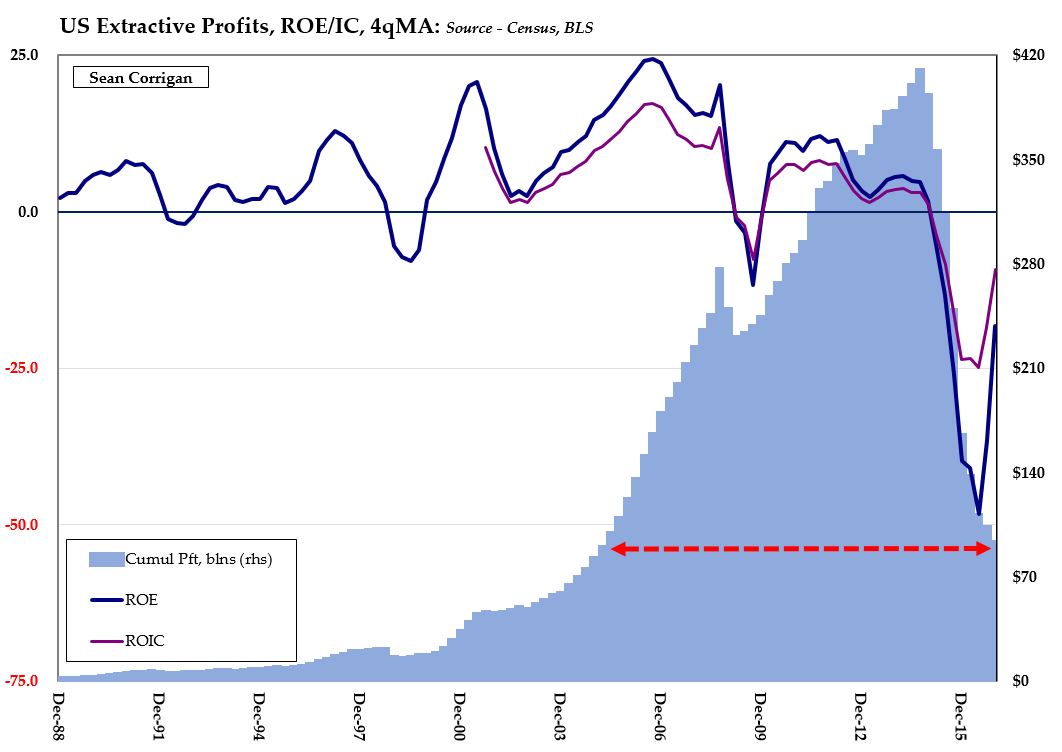There is growing hope in some quarters that economic recovery is at last under way in the USA. Is this just an election-inspired pick-up in sentiment, now rapidly vanishing, or do we take it more seriously; and if it really is recovery, what are the inflationary consequences?
Some observers point to house prices, which show signs of having turned the corner. The latest Case-Schiller data shows that house prices rose 8.5% between April and August; and single-family housing starts are up by 43% compared with last year. Rental yields, which have stimulated residential investment, are attractive compared with other alternatives, and average house prices down 30% from 2006 highs are a further incentive for buyers. And this is the key: housing is attractive as an asset on the basis that financial alternatives, bonds and equities, are demonstrably more expensive. Residential property is simply better than other alternatives.
Financial alternatives, such as government bonds and equities, have performed well over the last three years on the back of cheap money, which has flooded the markets courtesy of Mr Bernanke. Lucky investors are bound to question how much further these markets can run, now that we face the fiscal cliff and other uncertainties: hence why it might make sense to move money from Wall Street to Main Street. As well as residential property, high levels of personal and private sector debt suggest there will be other distressed assets available. Could this even extend to a pick-up in mergers and acquisitions?
What we are considering is essentially a money-flow question: how, why and when money parked in non-productive financial assets will migrate into the economy. This is already happening through unfunded government expenditure, which is distributed through the welfare system. However, the private sector is also under increasing pressure to do something, reflected in the fall in excess reserves held at the Fed by some $200bn over the last year. When this figure fails to increase in line with QE3’s monthly injection, raw money is simply piling up on Wall Street, adding to pressure for it to be deployed into the real economy. And money going into the economy, to the extent it is not neutralised by the deflator, is simply recorded as growth in GDP.
Therefore, we will see statistical economic growth. This does not mean that we are about to see economic progress, which is an entirely different thing. Instead, we have a recipe for stagflation, loosely defined as a pick-up in prices without an accompanying increase in economic activity. This happened memorably in the 1970s, leading to a serious inflation problem by the end of that decade.
This time, there is a far larger overhang of cash circulating unproductively in Wall Street, ready to be spooked by a future trend of rising interest rates, which is inevitable from a zero base. The resulting stagflation will only be the precursor of higher inflation, and possibly even hyperinflation if not somehow nipped in the bud. Therefore, the inflationary consequences of what is mistakenly touted as signs of economic growth will probably be more serious than commonly thought, with the potential to be upon us more rapidly than anyone currently believes possible.
This article was previously published at GoldMoney.com.



The American economy will fall off a cliff in 2013.
And all the credit money expansion will not save either the stock market or the housing market – not in 2013 and not after.
Manufacturing will also be smashed.
Europe will go down also.
As will Brazil and India (thanks to all those Economist magazine supported welfare and “public services” that the Indian government can not afford).
Japan will remain a mess – indeed get worse.
As for China – the other big economy of the world.
I simply do not know what will happen in China – but I doubt that the collapse of its European and American export markets will do the Chinese economy good.